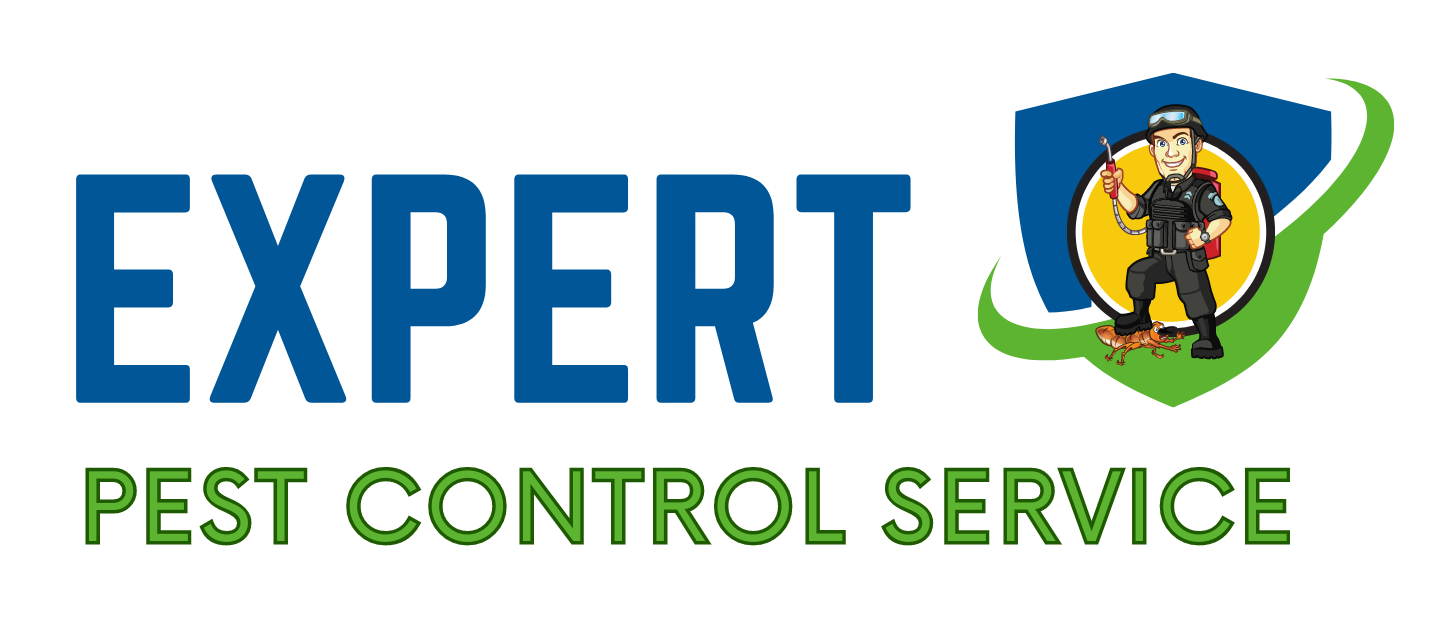
Anti Termite Treatment

1. Inspection and Assessment:
- Before starting the treatment, a thorough inspection of the property is conducted to determine the extent of termite infestation and the type of termites present.
- Areas prone to termite activity such as wooden structures, crawl spaces, basements, and foundations are closely examined.
2. Identification of Termites:
- Different species of termites may require different treatment approaches, so it’s essential to identify the species accurately.
3. Treatment Plan:
- Based on the inspection findings, a treatment plan is developed. This plan outlines the methods, chemicals, and procedures to be used for effective termite control.
4. Soil Treatment:
- One of the most common methods is soil treatment, where a termiticide solution is applied to the soil around the foundation of the building.
- This creates a chemical barrier that prevents termites from entering the structure or kills them upon contact.
5. Wood Treatment:
- Wood structures or materials susceptible to termite damage may be treated directly with termiticides or wood preservatives.
- This protects the wood from being infested or serves as a deterrent to termites.
6. Baiting Systems:
- Baiting systems are another effective method for termite control. Baits containing slow-acting toxins are placed strategically around the property.
- Termites carry the bait back to their colonies, where it spreads and eliminates the entire colony.
7. Physical Barriers:
- Installing physical barriers such as metal screens or sand barriers can prevent termites from accessing vulnerable areas of the building.
8. Fumigation:
- In severe cases of termite infestation, fumigation may be necessary. The building is sealed, and a fumigant gas is released to penetrate all areas and eliminate termites.
9. Follow-Up Inspections:
- Regular follow-up inspections are essential to monitor the effectiveness of the treatment and detect any new termite activity.
- Additional treatments may be required if termite activity persists or recurs.
10. Preventive Measures:
- After the treatment, implementing preventive measures such as maintaining proper ventilation, repairing leaks, and removing wood debris around the property can help minimize the risk of future termite infestations.
11. Professional Expertise:
- Termite treatment is best carried out by trained professionals with expertise in pest control. They have the knowledge, tools, and experience to implement effective treatment strategies while ensuring the safety of occupants and the environment.

